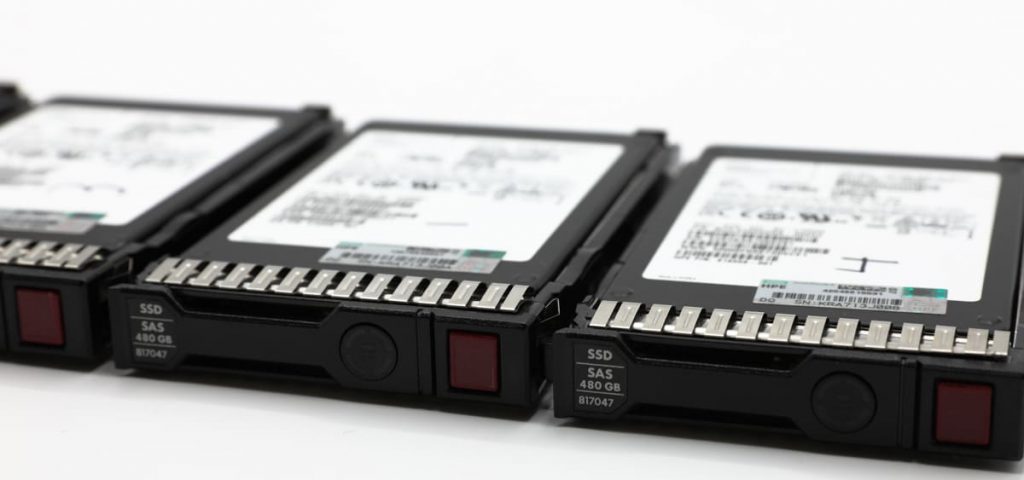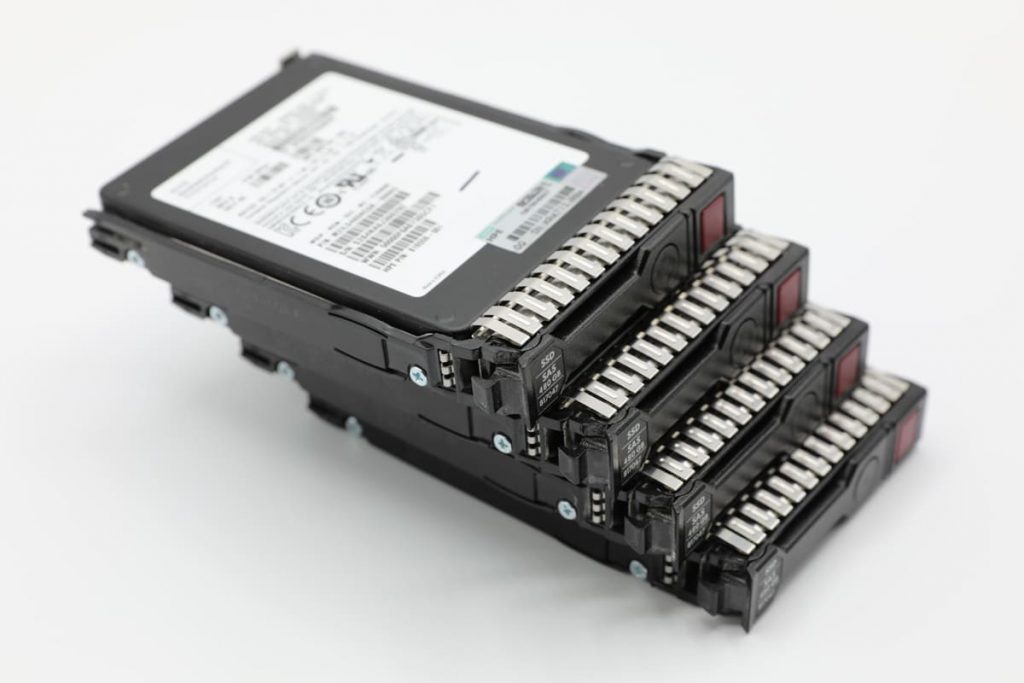VM Data Recovery on a Raid 5, or Virtual Machine data recovery on a RAID 5 array, is a crucial procedure to retrieve lost or corrupted data in a virtual environment. This process particularly applies to RAID 5 configurations, a popular data storage choice known for its robustness and redundancy features. Organizations can retrieve vital data from their virtual machines by employing specialized software tools, even if a drive failure occurs. It underscores the importance of VM data recovery in maintaining data integrity in a RAID 5 setup.
VM Data Recovery
VM Data Recovery is made easy with PITS Global Data Recovery Services. We offer an alternative solution for test environment upgrades, application restoration, and provide built-in export/import tools.
Backups are commonly used in virtual machines to avoid such problems. Our highly trained engineers have the qualifications and experience to maintain a successful backup. However, if compression or encryption is enabled at the backup destination, backup verification cannot be performed on models with specific package architectures: Avoton, Braswell, Bromolow, Cedarview, and Grantley.
It is essential to send all the disks in the array, including any spare disks, to the RAID 5 data recovery company. However, the RAID enclosure, controller card, and other hardware components are unnecessary.
Our RAID data recovery experts use custom methods to emulate the RAID controller, so we can access the RAID drives to recover data even if the problem is controller failure.

VM RAID 5 Recovery
VM RAID 5 Recovery is a critical process that allows the retrieval of lost or corrupted data from RAID 5 arrays in a virtual environment, ensuring business continuity and safeguarding valuable information. The virtual disks are connected to the virtual guest OS by emulating the connection via the corresponding controller, IDE, SATA (AHCI), SCSI, and SAS.
The controllers’ behavior is programmed to simulate physical prototypes, so the IDE controller will run slower than SATA and consume more CPU resources, and an OS without appropriate drivers and hardware support will not interact with virtual disks, etc.
For example, the Windows family before Windows Vista did not support the Advanced Host Controller Interface (AHCI) to which SATA belongs, so the virtual machine with Windows XP with SATA will not work. The virtual machine failure can include corrupted catalogs, unsupported OS versions, file-size issues, and virtual hard disk corruption.
Recently, we received a recovery case of a VM running on a RAID 5 system. The problem was that the hard drives failed; thus, the RAID configuration stopped operating, and data on the Virtual Machine was inaccessible.
"*" indicates required fields
VM Data Recovery on a RAID 5 Array
VM Data Recovery on a RAID 5 Array is a strategic advantage for businesses, providing a reliable safety net against data loss and allowing rapid operation restoration following a storage failure. Our engineers evaluated the hard drive and found that the HDD’s microcontroller was not operating correctly.
PITS Global Data Recovery Services performs hypervisors and virtual disk data recovery. With virtual machines and disks, it is difficult when an administrator on the host network has not made backups or stored them on the same disk. The script copying does not ensure the backup. Then, the administrators start trying to recover on the same disk without making a sector-by-sector copy in the original state to another medium.
In a typical data recovery from a file system located on a regular media, for example, NTFS on a regular hard drive, we have to deal with one hardware level of problems and one abstraction level – the file system.
The classic Virtual Machine data recovery case is the hardware level and three levels of abstraction.
In this case, the first level of abstraction was RAID array recovery and its problems. We had to recover the RAID 5 system and retrieve HDD data.
The second level of abstraction was the host file system VMFS, NTFS, etc. The third level of abstraction is the Guest file system. Problems at each level complicated the work with the next. Eventually, they led to an increase in the amount of work and the number of features in the data recovery task.
After the recovery, we applied settings and restored the virtual machine. The backup of the virtual machine was imported to VMM, and the client could turn on the virtual machine in the VMM console.
There are also simple situations – deleted files inside a fully working virtual machine on a healthy drive. But our practice mainly consists of solving complex problems simultaneously – failed disks, destroyed RAID arrays, and other damage at all data storage levels. If you are experiencing the same failure problem, please fill out a request form, and our dedicated customer service representative will contact you shortly.
Frequently Asked Questions
Can you recover data from a RAID 5 array with VMs after a failure or data loss?
Yes, we specialize in data recovery from RAID 5 arrays, including those used for VM storage. Our experts have the tools and expertise to retrieve data from failed or damaged arrays.
What are common reasons for data loss in VMs stored on a RAID 5 array?
Common causes of data loss in VMs on RAID 5 arrays include hardware failures (e.g., drive failures), RAID controller issues, accidental deletion or corruption of VM files, and file system errors.
Is it safe to attempt DIY recovery methods before contacting professionals?
Attempting DIY recovery on a RAID 5 array with VM data can be risky and may result in further data loss. It’s best to consult professionals who have experience with virtual machine data recovery.
How long does VM data recovery from a RAID 5 array usually take?
The time required for VM data recovery depends on various factors, including the complexity of the recovery process, the number of VMs and their sizes, and the condition of the RAID array. We strive to provide a timely and efficient recovery service.
Can you recover all the VMs and their data from a RAID 5 array?
The success of VM data recovery depends on the extent of data loss and the condition of the RAID 5 array. While we aim to recover as much data as possible, the outcome may vary from case to case.
